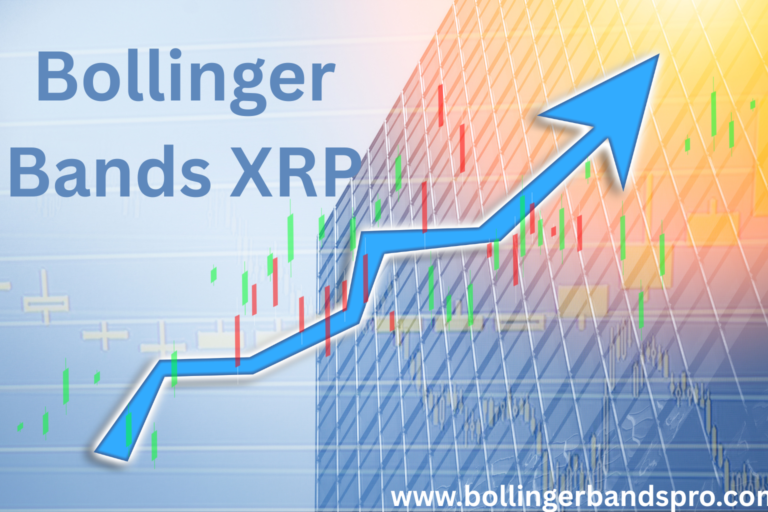Using Bollinger Bands in Stock Trading (Examples & Tips)
Whether you’re day trading or holding longer-term positions, Bollinger Bands can be a powerful tool for analyzing stock price action. They help spot volatility shifts, reversal points, and breakout setups in stocks of all sizes—from blue chips to small caps.
Let’s explore how to use them with real-world stock trading examples.
How Bollinger Bands Work in Stock Markets
- The middle band is a moving average (typically 20 SMA)
- Upper and lower bands adjust based on price volatility
- When volatility expands or contracts, the bands widen or narrow
This makes Bollinger Bands perfect for identifying entry and exit points based on price behavior.
Common Stock Trading Setups with Bollinger Bands
1. The Bollinger Bounce (Reversal Setup)
- Stock hits upper band + RSI overbought → potential short
- Stock hits lower band + RSI oversold → potential buy
Example:
Stock XYZ touches the lower band, forms a bullish engulfing candle, and RSI is below 30 → enter long with stop below recent low.
2. The Bollinger Squeeze (Breakout Setup)
- Bands contract tightly → Watch for breakout with volume
- Confirm with MACD crossover or price closing outside the band
Example:
Stock ABC trades sideways, bands squeeze, and volume spikes as it breaks above the upper band → enter long
3. Trend-Following with Band Riding
- Price hugs upper band in an uptrend → stay long
- Re-enter on pullbacks to middle band
Example:
A trending stock like AAPL rides the upper band on earnings momentum. Buy dips that bounce from the middle band.
Best Timeframes for Stocks
| Trading Style | Timeframe |
|---|---|
| Day Trading | 5m – 1H |
| Swing Trading | 4H – 1D |
| Position Trading | Daily – Weekly |
✅ Tips for Stock Traders
- Use volume confirmation on breakouts
- Combine with RSI, MACD, or support/resistance
- Avoid trading illiquid stocks—band signals can be misleading
- Stick to high-volatility stocks for stronger setups
✅ FAQs
Q1: Are Bollinger Bands effective for stocks?
Yes. They help identify volatility shifts, overbought/oversold zones, and breakout signals.
Q2: Which stocks work best with Bollinger Bands?
Highly liquid and volatile stocks like AAPL, TSLA, or AMD tend to give clearer signals.
Q3: Do I need to change the settings?
The default 20-period with 2 standard deviations works well, but shorter periods can be used for faster signals.
Q4: Can I use this strategy with penny stocks?
Use caution. Penny stocks can be illiquid and prone to false breakouts.
Q5: What other indicators should I combine with Bollinger Bands?
RSI, MACD, Stochastic, and volume tools work well for confirmation.



